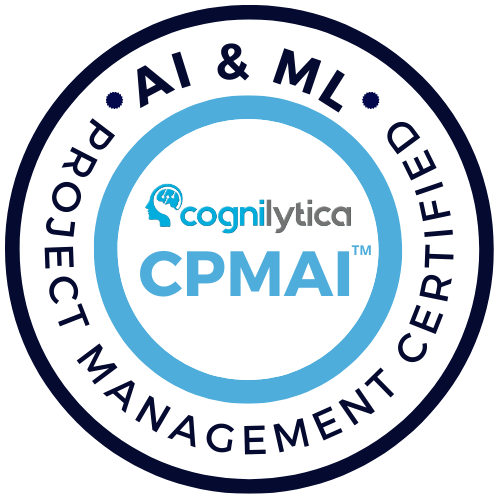The use of software robots to automate user interface tasks and perform business process automation or workflow tasks. Often RPA systems are focused on automating repetitive software tasks previously handled by humans and help solve “swivel-chair” Integration, either in an attended mode where the human initiates and interacts with the robotic task or in an unattended mode where the robotic task operates in the background. As is the case with hardware robots, the use of software bots for process automation does not require and often does not involve the use of AI. Intelligent RPA systems use AI to handle most often Natural Language Processing (NLP) and recognition tasks.


